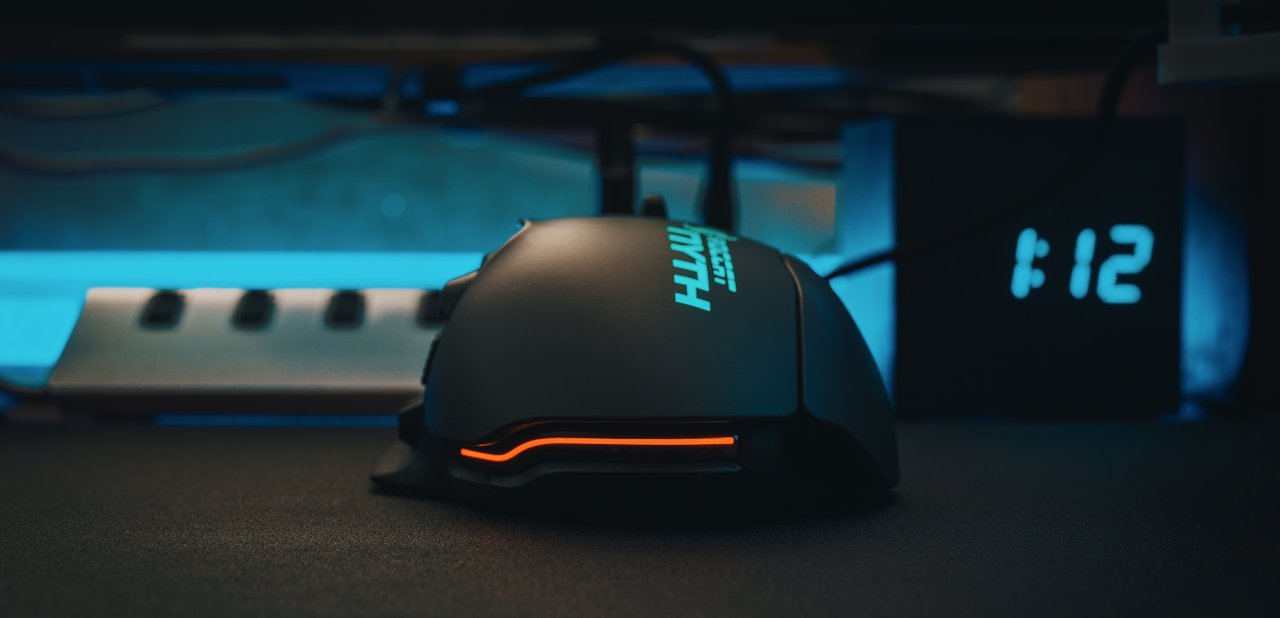One of the questions VR hardware owners will ask themselves is whether or not they will make additional purchases. There are quite a few accessories one can buy, as well as newer generations of HMDs. However, given the global disinterest in VR right now, does it even make sense to expect consumers to make additional hardware purchases?
Crunchtime For VR Hardware Sales
Although virtual reality technology is still in the “novelty” stage, there is far less interest than originally anticipated. Over in China, people aren’t losing any sleep over VR hardware whatsoever. The US is the dominant market for hardware sales right now. However, if nothing “amazing” comes out in the coming months and years, overall sales will take a major hit in 2017.
The general feeling among consumers – even those enthusiastic about VR – is how there is nothing one needs except a headset. Once people buy that, there seems little reason to buy accessories, let alone additional headsets for other use cases. Even the controllers for existing HMDs are not all that popular, despite more apps and games are enabling support for these tools. That is anything but good news for companies manufacturing additional VR hardware.
Until the new generation of VR headsets come out, it is doubtful there will be any major changes regarding these feelings. Moreover, consumers who use desktop-based VR graphics already invested heavily into getting a powerful computer together. A lot of people have tight budgets, and venturing into VR is not a cheap venture by any means. It sets people back at least $1,500 or more, for something they may not even use three months from now.
In fact, one could argue most VR users would upgrade their PC to deliver better graphical performance moving forward. While this is technically not a VR upgrade, it goes to show there are other concerns outside of the HMDs and controllers. The standalone Daydream headsets – especially if they can provide near desktop-grade graphics – may find their way onto consumers’ shopping lists, though. Then again, that is another $800 investment.
If you liked this article make sure to follow us on twitter @thevrbase and subscribe to our newsletter to stay up to date with the latest VR trends and news.












